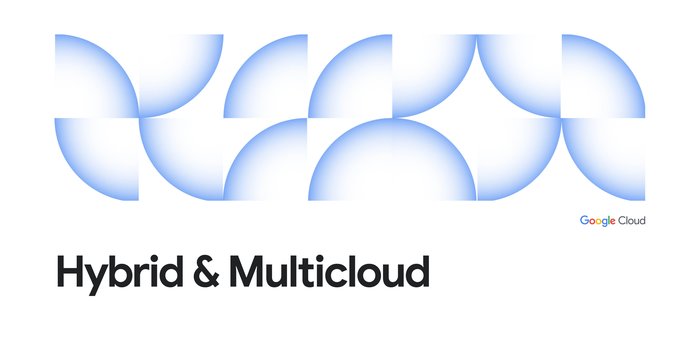From the ballpark to the cloud: How MLB is using Anthos

Eyal Manor
General Manager/VP of Engineering, Application Modernization Platform
Whether it’s calculating batting averages or hot dog sales, data is at the heart of baseball. For Major League Baseball (MLB), the governing body of the sport known as America’s National Pastime, processing, analyzing, and ultimately making decisions based on that data is key to running a successful organization, and they’ve increasingly turned to Google Cloud to help them do it.
MLB supports 30 teams spread across the US and Canada, running workloads in the cloud as well as at the edge with on-premises data centers at each of their ballparks. By using Anthos, they can containerize those workloads and run them in the location that makes the most sense for the application. We sat down with Kris Amy, VP of Technology Infrastructure at Major League Baseball, to learn more.
Eyal Manor: Can you tell us a little bit about MLB and why you chose Google Cloud?
Kris Amy: Major League Baseball is America's pastime. We have millions of fans around the world, and we process and analyze extreme amounts of data. We know Google Cloud has tremendous expertise in containerization, AI and big data. Anthos enables us to take advantage of that expertise whether we're running in Google Cloud, or running on-prem in our stadiums.
Eyal: Why did you choose Anthos, and how is it helping you?
Kris: Anthos is the vehicle we're using to run our applications anywhere—whether that's in a ballpark or in the cloud. We have situations where we have to do computing in the park for latency reasons, such as delivering stats in the stadium, to fans, or to broadcast, or to the scoreboard. Anthos helps us process all that data and get it back to whomever is consuming it. Uniformity across this deployment environment is especially key for our developers. They don't want to know the differences between whether they're running in the cloud, or running on-prem in a datacenter or in one of our stadiums.
To give you an example, if something were to happen during a broadcast at Yankee Stadium, we could run our code across the city at Citi Field where the Mets play and continue broadcasting without interruption. And if we had any issue in any stadium, we can shoot that data up to Google Cloud and process it there.
Eyal: That is really amazing. Can you tell us what this journey looked like for you?
Kris: We started our journey of modernizing our application stack 18 months ago. We previously had various siloed applications, and we were now eager to move down this path of containerizing everything and using that as our path forward for deploying applications. From there, we had uniformity across all of our environments, whether that's a miniature datacenter that we have running in the stadium, or a true datacenter, or in Google Cloud. So we had chosen containers, and we were well down the path, and then we were coming to the problem of “what do we do once we want to run this in the stadium?”
We saw Google and noticed that Anthos was coming. We got excited because it seemed like the simplest and easiest solution for managing these applications and deploying them regardless of whether they’re in the stadium or in the cloud. That journey took us about 12 months and we're happy to say that as of opening day this year, we've been running applications in our stadiums on Anthos.
Learn more about how MLB is using Google Cloud
There’s more to learn from how MLB is using Google Cloud. Check out their Next OnAir sessions on running Anthos on bare metal and at the edge and their data warehouse modernization journey, read their recent Google Cloud blog post, or see a live demo of how they’re using BigQuery to share subsets of fan data with MLB Clubs.



